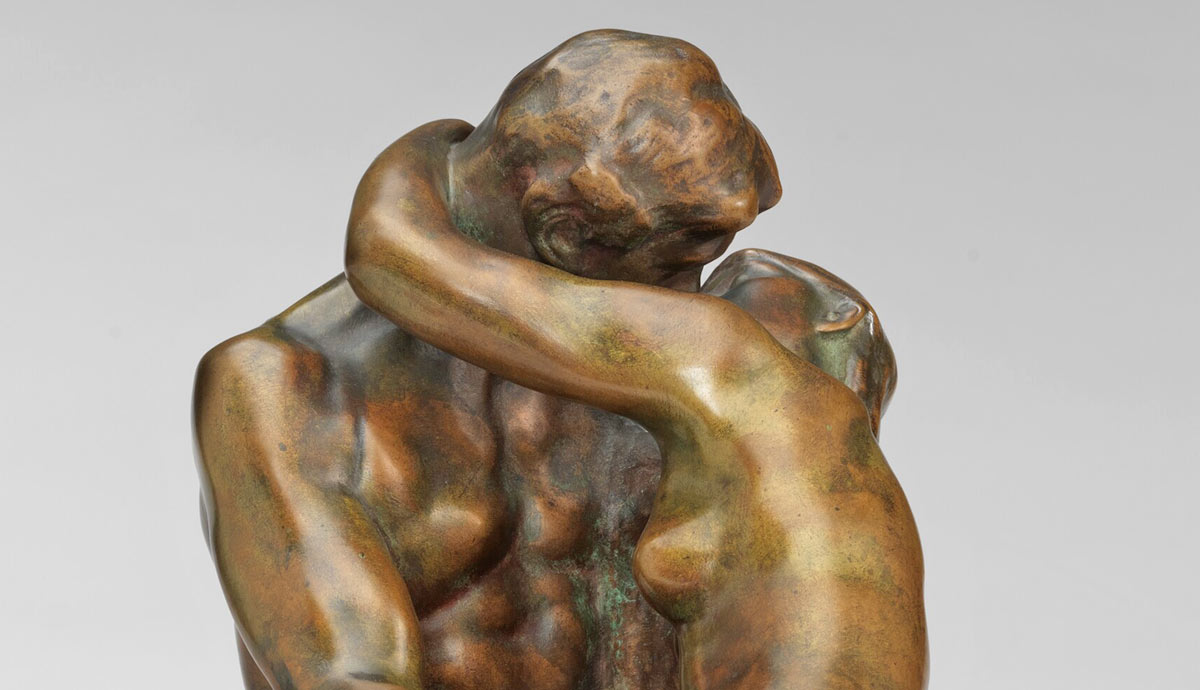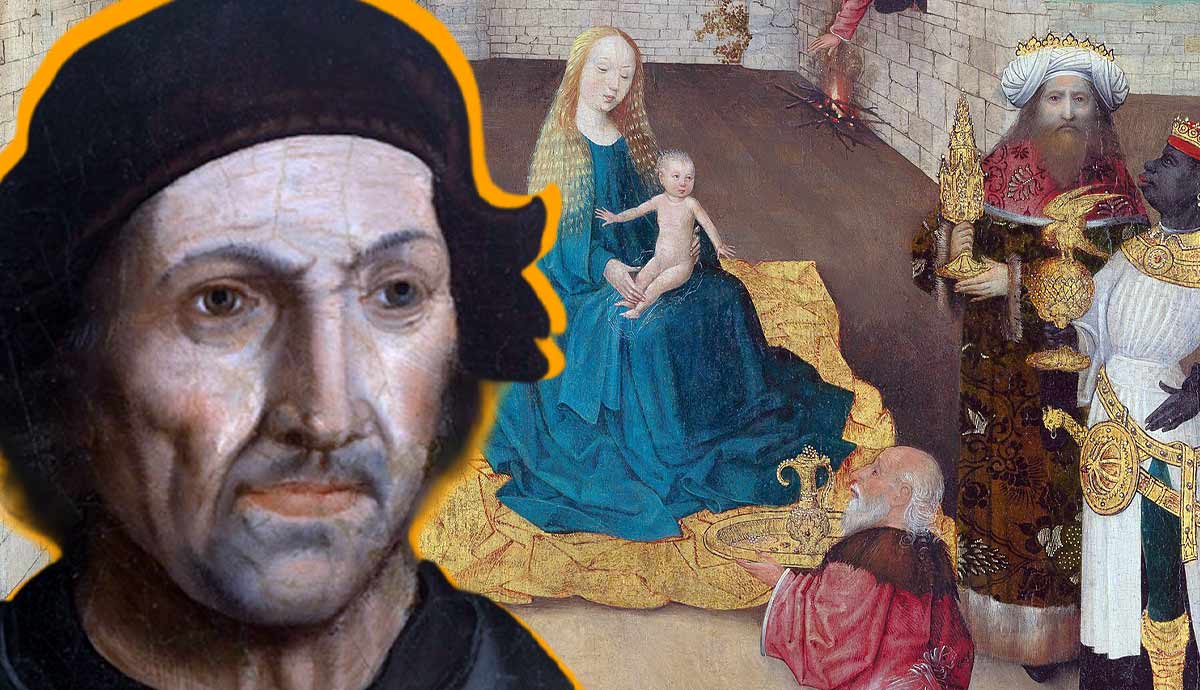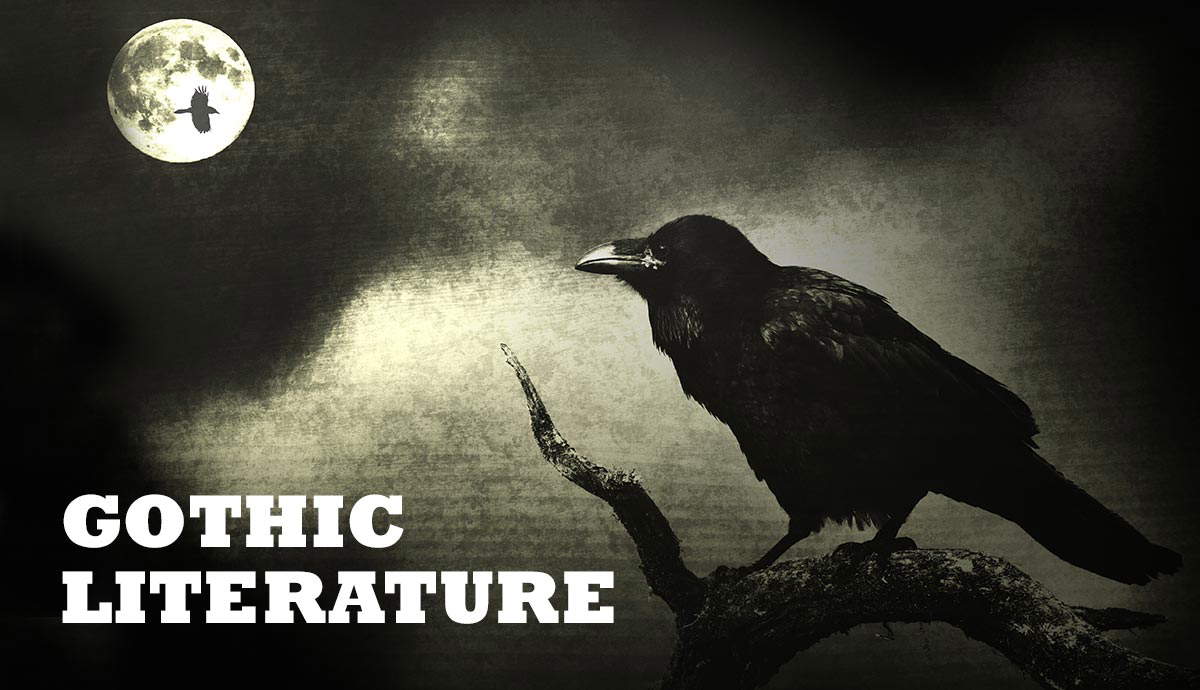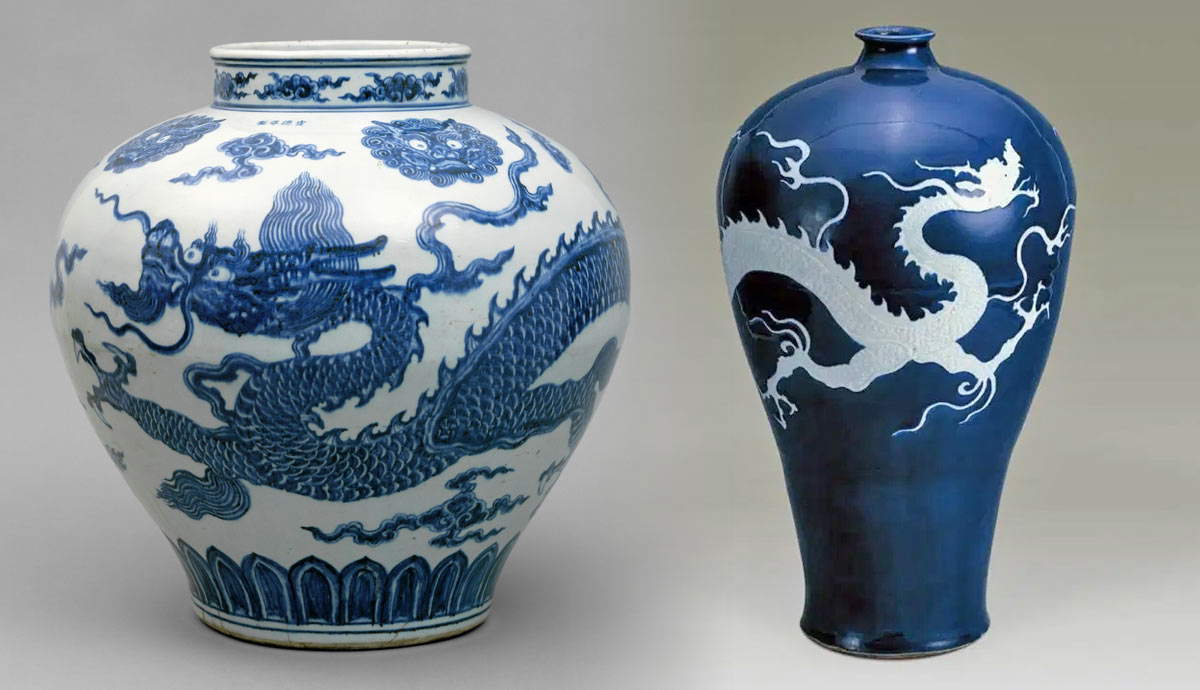
Auguste Rodin’s Kiss is one of the most famous sculptures in art history and a well-known masterwork of the sculptor. Initially planned as a part of a larger project, it gained a life of its own, appearing in bronze, terracotta, marble, and plaster. Numerous copies of The Kiss can be found in the most famous museums worldwide. Behind the sensual sculpture, there is a story of a forbidden passion and tragedy. Read on to learn more about Rodin’s Kiss.
Auguste Rodin’s “Kiss”: A Modern Innovation

The French sculptor Auguste Rodin is among those who reinvented the ancient form of sculpture, adding a modern twist to it. Rodin was the first popular sculptor to embrace the imperfection of manual work. He often left his works seemingly slightly unfinished, with rough textures that retained the imprint of a human hand. By rejecting the academic standard of a polished and perfect work, Rodin opened the doors for more expressive forms of sculpture.
Rodin’s inspiration came from the unfinished works by Michelangelo he saw at the Louvre. The contrast of rough, untreated marble and polished figures of Michelangelo’s characters inspired Rodin to experiment with the material. One of the most notable features of Rodin’s sculptures was the seeming spontaneity of their emergence and movement. His works seem to be made with swift, bold gestures that somehow convey the lifelike dynamism of bodies. Despite the apparently simple and even occasionally messy movements of the artist’s hand, Rodin’s way of working was carefully calculated and trained to perfection.

Rodin was well aware that his style could be shocking for the public used to more traditional forms of sculpture. For that reason, he often placed The Kiss next to his more bold and experimental works to soften their reception. One such work that was balanced by The Kiss was Rodin’s monument to Honore de Balzac, in which the sculptor aimed for an emotional rather than a physical likeness of his character. The Kiss was praised by critics and the public, but it also occasionally provoked scandals with its eroticism. Particularly, during the 1893 Chicago World Fair, the American fair managers refused to exhibit it openly, instead hiding it in a room with application-only admission.
The Gates of Hell

In 1880, the French government commissioned the sculptural entrance gate for the museum of decorative arts they intended to build. Initially, the sculptor had five years to complete the project, presenting it at the time of the planned opening in 1885. As Rodin was free to choose a theme and design for the gates, he aimed to create a sculpture unlike any anyone had ever seen before. Five years later, the museum was not built, and Rodin did not finish the gate. He kept assembling and reassembling parts of the sculptural complex, moving figures and details, constantly removing old ones and adding some new ones.
Enthralled with his project, he returned the money that the government had paid him in advance, only to free himself from the pressure of deadlines and expectations. The Gates of Hell was Rodin’s masterwork that presented the full scope of his creative and aesthetic vision. He worked on it for 37 years and still did not manage to finish it. The version known to us today was found in Rodin’s studio after he died in 1917.
For the basis of this work, Rodin chose the famous work by a late-Medieval Italian poet, Dante Alighieri. His Divine Comedy remains one of the most influential works in literature. It was a fantasy of Dante’s imaginary tour through Hell, Purgatory, and Heaven, where he is accompanied by a Roman poet, Virgil. Dante’s voyage represented the transformation of the soul that admits the nature of sin and then embraces faith and ascends toward God.
Dante’s Inferno: Hell and Its Residents

Dante’s description of Hell is one of the most popular parts of the poem. Incredibly detailed and well-thought, it represents the moral, philosophical, and religious worldview of a man of Dante’s generation. He divided Hell into nine circles corresponding to specific types of sin. The first circle was reserved for unbaptized pagans who led virtuous lives but nonetheless refused to convert to Christianity. The following circles were for those who succumbed to lust, greed, anger, and other Biblical sins. The punishments they experienced were related to the nature of their sin and the circumstances in which it was committed. Dante’s descriptions of sinners, their sins and punishments are particularly specific, as he mentioned historical figures and his own contemporaries among the residents of various circles of Hell.

For The Gates of Hell, Rodin created more than 200 sculptures, from which around 180 were preserved in the version we know as final. These sculptures related to various passages from the Divine Comedy, and many characters were clearly identifiable. Many of the sculptural fragments that Rodin designed for the gate emerged as individual sculptures that Rodin sold separately.
The list of such figures included The Thinker, which was originally a representation of Dante observing the chaos of Hell beneath him, and The Kiss. Rodin created its variations in plaster, terracotta, and bronze. In 1888, the French government commissioned a large-scale marble version of the sculpture that became the most famous of all. As for The Gates of Hell project, The Kiss was soon removed from the ensemble. Although Rodin was content with the sculpture, he realized that its sensuality and dynamism were at odds with the rest of the figures that formed The Gates.
Who Were Paolo and Francesca?

Originally, The Kiss was titled by Rodin as Francesca da Rimini. This name was well familiar to his contemporaries, and immediately set the tone for the whole composition. Francesca da Rimini was an Italian noblewoman and a contemporary of Dante Alighieri. She was married to Giovanni Malatesta, a rather prominent political and military figure of his time. The marriage had no romantic basis to it and was strictly political, arranged to solve the war between the couple’s families.
By all accounts, Giovanni was not the most desirable marriage candidate, as he had a birth defect that affected his body proportions and physical strength. As for his character, little is known apart from the fact of his vengeance that immortalized Francesca. The tragedy struck when Francesca fell in love with Giovanni’s younger brother Paolo. For almost a decade, they managed to hide their affair until, one day, Giovanni discovered it. Enraged, he ambushed and killed both Paolo and Francesca. He returned Francesca’s body to her family but disposed of his brother’s body secretly to avoid direct accusations of murder.
Dante Alighieri personally knew Paolo Malatesta in his youth. It is possible that he learned the story of his death from Francesca’s nephew Guido Novello who hosted Dante in his home in Ravenna. As for Giovanni Malatesta, it is possible he was killed by Paolo’s son in retaliation.
Rodin’s “Kiss” and “The Divine Comedy”

In the Divine Comedy, Paolo and Francesca inhabit the second circle of Hell reserved for those who succumbed to the sin of lust. Francesca is the first resident of Hell who speaks with Dante and Virgil. To Dante’s annoyance, she speaks of herself as a passive victim of love rather than its conscious actor. Nonetheless, the compassion and pity he feels for her is evident. For allowing themselves to be swept by, Paolo and Francesca are tormented by strong winds that toss and throw them for eternity.
Rodin’s marvelous work was almost erotic and too emotionally intense to fit into the rest of the tormented figures in The Gates of Hell. After removing the original version of The Kiss from the gate design, Rodin invented another arrangement to illustrate the same subject. After all, the story of Paolo and Francesca was a well-known one in the context of Dante’s work, and it would be strange not to include them in the composition. To replace the original design, he created a relief image of an embracing couple. Although it was similar in composition, it was almost two-dimensional and did not have the dynamism and complexity of The Kiss.










